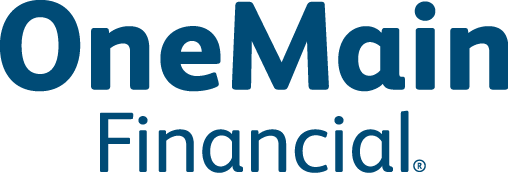Hardship loans for bad credit aren’t always easy to get. The tactics below could help you get approved.
Add a second person to your loan
Some lenders offer joint loans. These loans include two people: you and your co-borrower. A co-borrower can be a friend or family member, and they should have good credit.
Your co-borrower will have the same responsibilities to the loan as you. Their good credit could make up for your bad credit. At the same time, their credit score will also tank if you can’t repay the loan.
Offer collateral
Offering collateral and getting a secured loan is another way you might be able to grease the lender’s wheels. Collateral is a valuable piece of property (usually your car, home or savings account).
Collateral lets the lender know that you’re serious about paying your loan. After all, it can take your car if you don’t hold up your end of the bargain.
Ask for a small loan with a short loan term
Successfully getting a loan is about reducing the lender’s risk. Apply for the smallest loan with the shortest loan term you can comfortably manage.
Smaller, short-term loans are less risky for the lender. It stands to lose less money if you don’t pay your loan. And the shorter your term, the less time you have to fall behind.
Can you get a hardship loan without a job?
You might be considering a hardship loan to carry you through because you lost your job. If so, be ready to do some comparison shopping. Many lenders require you to have a job or job offer to get a loan.
But, not all is lost. If you have a steady source of income such as Social Security, disability benefits, alimony or VA pension, you might still qualify while unemployed.
Pro tip! Prosper only requires that you bring in some sort of income, but doesn’t have a specific income requirement. That doesn’t mean it will approve you if you don’t have a job (especially if you also have bad credit), but it may be worth your time to start there.









